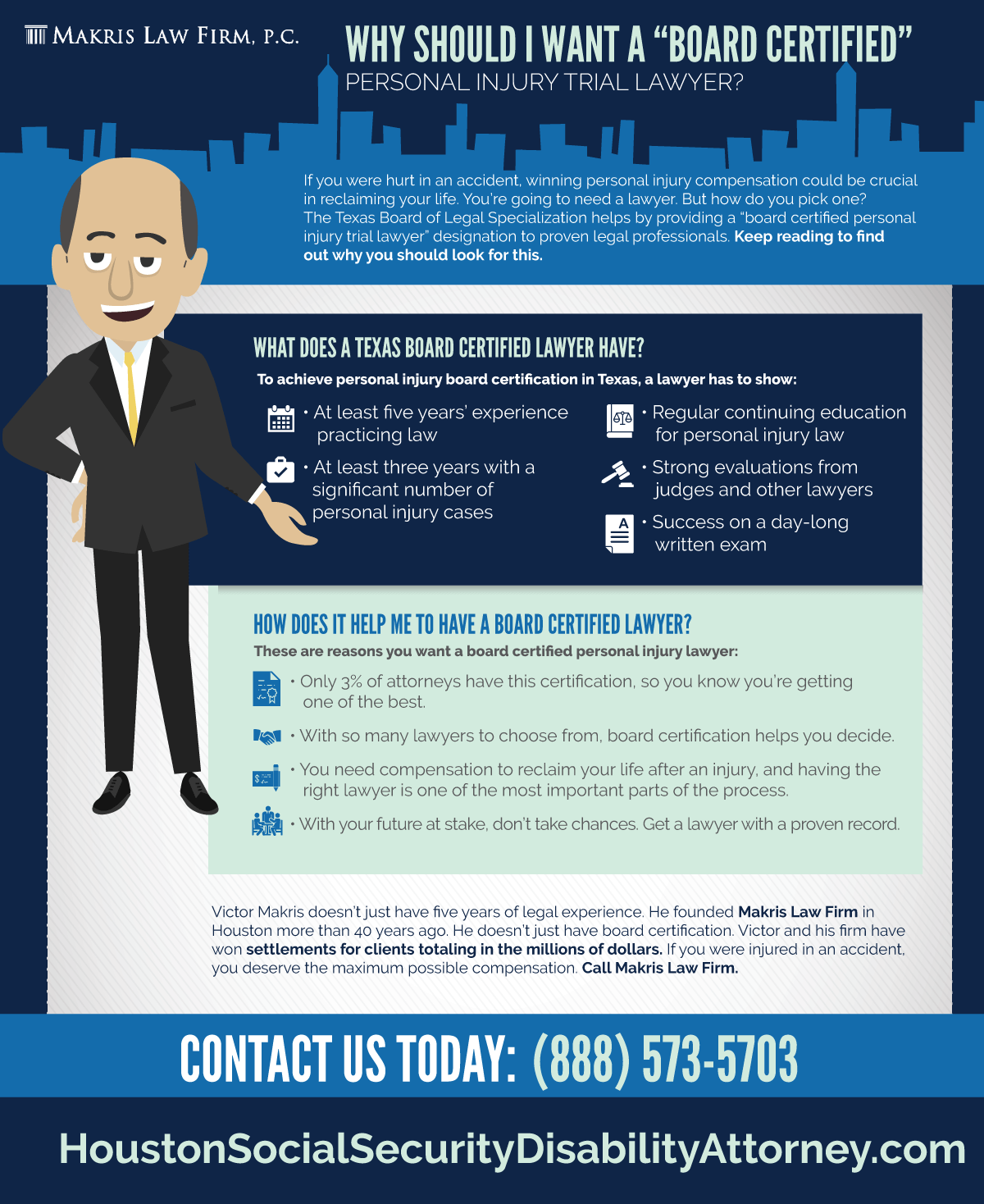What Occurs Throughout A Criminal Trial: A Step-By-Step Overview
What Occurs Throughout A Criminal Trial: A Step-By-Step Overview
Blog Article
Web Content Writer-Dickens David
When you step into a criminal test, you may be shocked by the organized procedure that unravels. what are the major criminal law defenses of it starts with jury selection, where prospective jurors are scrutinized for predispositions with a technique called "voir dire." After that, both sides offer their opening declarations, setting the stage for the proof and testaments to adhere to. You'll see exactly how the prosecution and defense build their cases, yet what takes place next can dramatically influence the result. Recognizing these stages can reveal the intricacies of justice, but there's even more to discover about the defining moments that comply with.
Jury Option Refine
When it pertains to the jury selection process, you're diving right into a critical phase of a criminal test. This procedure, commonly called "voir dire," involves wondering about prospective jurors to guarantee they're unbiased and with the ability of delivering a reasonable judgment.
You'll see both the prosecution and defense attorneys getting involved actively, each aiming to select jurors who straighten with their case's story.
Throughout voir dire, you'll discover that lawyers ask concerns regarding jurors' histories, ideas, and experiences. Their goal is to identify any type of pre-existing predispositions that can influence a juror's decision. As a juror, you may really feel a mix of nervousness and inquisitiveness, but your sincerity is necessary.
After examining, attorneys can challenge particular jurors for cause if they believe a juror can't remain impartial. They can also use a limited variety of peremptory challenges to dismiss jurors without specifying a factor.
Test Phases Explained
The phases of a criminal test play an essential role in making sure a fair and organized process.
You'll initially experience the opening statements, where both the prosecution and defense describe their instances. This establishes the stage wherefore's to find.
Next, the prosecution provides its proof and witnesses, intending to verify the defendant's guilt past a reasonable uncertainty. You'll see direct assessment followed by cross-examination, allowing both sides to test today info.
After the prosecution rests its case, it's the defense's turn. They'll provide their evidence and witnesses, commonly focusing on developing affordable question. You'll notice that the protection does not have to confirm virtue; they simply need to challenge the prosecution's instance.
Once both sides have offered their disagreements, you'll hear shutting statements, where each party summarizes their case. https://www.insider.com/r-kelly-trial-defense-attorney-nicole-blank-becker-2021-9 is vital as it reinforces their settings prior to the court mulls over.
Throughout these stages, the court ensures that the trial abides by lawful criteria and that the civil liberties of both celebrations are safeguarded.
Recognizing these phases will aid you appreciate the complexities involved in a criminal trial and the relevance of each step in the pursuit of justice.
Verdict and Sentencing
Besides proof has been presented and disagreements made, the jury or judge delivers a judgment, establishing the defendant's regret or virtue. If you belong to the court, you'll ponder with your other jurors, talking about the evidence and your perceptions. https://docs.google.com/spreadsheets/d/1870cYTCqWfrcGIrf8xvl4h_7OYN-wY0x7neFtD_IKPE/edit#gid=1634635547 can take time, as you'll want to make sure everyone agrees on the judgment based on the realities.
As soon as a verdict is gotten to, it's announced in court. If the accused is found guilty, the following stage is sentencing. This is when the court decides the proper penalty. You might notice that different elements influence the sentence, such as the seriousness of the criminal offense, the accused's past document, and any mitigating conditions.
The court might enforce a range of sentences, from fines and social work to jail time. Sometimes, the defense or prosecution can provide debates concerning sentencing, attempting to guide the court's choice.
If the accused is found not guilty, they're acquitted, and no punishment follows. Keep in mind that a guilty decision can commonly lead to allures, where the accused might challenge the verdict or the sentence enforced.
Conclusion
In a criminal trial, you've seen how essential each step is, from court option to the last verdict. You have actually complied with the prosecution and defense as they build their situations, intending to encourage the jury. As soon as consideration concludes, the decision identifies the outcome, and if the defendant is found guilty, the sentencing phase begins. Recognizing these procedures assists you appreciate the intricacies of the justice system and the significance of each function in making certain a reasonable test.
